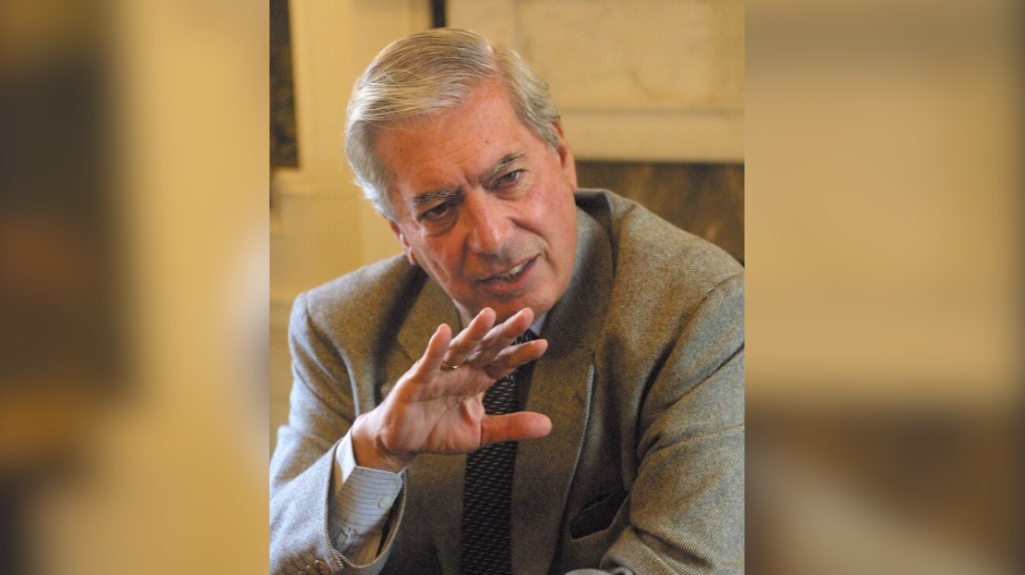Summary – The Pacific Alliance: Pivoting to Asia
Summary – The Pacific Alliance: Pivoting to Asia
What comes next for one of Latin America's newest trade blocs? An AS/COA panel discussed the future of the Pacific Alliance.
Speakers:
- Amb. Carlos Urrutia, Colombian Ambassador to the U.S.
- Barbara Kotschwar, Research Fellow, Peterson Institute for International Economics and Co-Author of “The Next Big Thing? The Trans Pacific Partnership and Latin America,” in Americas Quarterly
- Chris Ryan, CEO, Lakeland Industries
- Sidney N. Weiss, Attorney, Customs and International Trade Issues
- Eric Farnsworth, Vice President, Council of the Americas and the Americas Society (Moderator)
Summary
AS/COA hosted a panel examining one of Latin America’s new trade blocs. Formed in June 2012, the Pacific Alliance represents 215 million people and 39 percent of Latin America’s GDP, making the group the ninth largest economy in the world. Chile, Colombia, Mexico, and Peru are members. Speakers discussed progress made by the group on free trade, goals of the bloc within a regional context, and the role of the United States.
[[nid:49718]]
Moving Ahead on Free Trade
“The Pacific Alliance is one of the most dynamic and significant developments in hemispheric trade relations since the Free Trade Area of the Americas was first proposed in 1994,” said COA Vice President Eric Farnsworth. Members are willing to “leverage economies of scale, supply chains, and national competitiveness,” he noted.
Panelists pointed out that the event coincided with a Pacific Alliance summit in Cali, Colombia. Ministers met on May 22 to finish negotiations ahead of the presidents’ meeting the following day. Colombia received the pro-tempore presidency of the Alliance from Chile during the presidential gathering. Heads of state from the observer countries of Canada, Costa Rica, Guatemala, and Spain also attended. The Alliance’s goal is to reach 90 percent tariff-free trade by June.
Ambassador Carlos Urrutia explained that “the Alliance is more than just a trade agreement.” It represents integration, particularly with the Asia Pacific region, he noted. Furthermore, countries will share diplomatic representation in certain countries. For example, Colombia will share its diplomatic representation in Ghana, while Chile will do the same in Algeria and Morocco. A joint commercial office in Istanbul was also established. The Alliance has an agenda that includes education, tourism, and social inclusion as well.
Though Colombia may not be in the Asia-Pacific Economic Cooperation forum or the Trans-Pacific Partnership (TPP) like the other members of the Alliance, the country has a free-trade agreement (FTA) with South Korea and is negotiating another with Japan.
The Pacific Alliance within a Regional Context
Barbara Kotschwar of the Peterson Institute for International Economics compared the Alliance to the TPP and the U.S.-EU free trade agreement. Negotiations for the former are ongoing, while talks for the latter start in June. Meanwhile, differences exist between the countries of the Southern Common Market (Mercosur) and those of the Alliance, which Kotschwar called “the pragmatic twenty-first century capitalists.” Chile, Colombia, and Peru have already integrated their stock exchanges through the Latin American Integrated Market (MILA) and Mexico is committed to joining in 2014. Despite integrating markets, members of the Alliance are seeking to avoid a “robust bureaucracy,” said Urrutia.
“For us, the key question is tariffs,” stressed Chris Ryan of Lakeland Industries. Labor and transportation costs are also key, he explained. Lakeland has factories in Mexico and China, and is focusing more on Mexican production. “It’s getting very difficult to make things in China,” he noted. While U.S.-China trade can take months, U.S. trade with Mexico can take a matter of days. Ryan also mentioned the difficulty of engaging in trade with Argentina and Brazil.
Attorney Sidney Weiss highlighted that the dispute resolution mechanisms of the Pacific Alliance will likely be similar to other trade agreements, like the North American Free Trade Agreement (NAFTA). Instead of courts, these trade accords resolve disputes with panels consisting of representatives of all the parties to the agreement.
The Role of the United States
Though the TPP includes the United States, the Alliance does not, which can allow changes to move more quickly, panelists noted. Urrutia noted, however, that the United States could potentially ask for observer status. All the countries of the Alliance have FTAs with the United States; it would be ideal if they could all harmonize all of these accords, said Kotschwar. Because the Pacific Alliance is focused on free trade, it’d be “best for Washington to get on board,” added Farnsworth.








